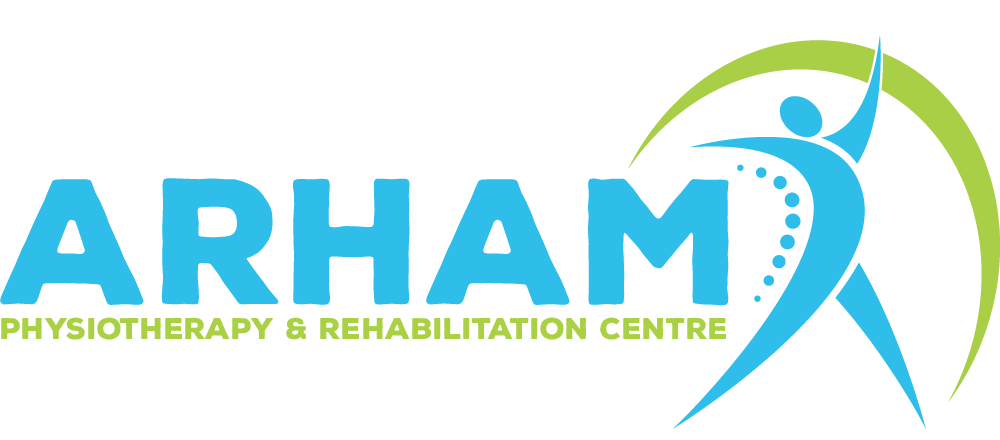Innovative Physiotherapy Techniques for Urinary Incontinence Rehabilitation
Urinary incontinence, a condition often shrouded in embarrassment and discomfort, affects millions of individuals worldwide. Despite its prevalence, there is usually a lack of open discussion about this condition and the potential treatments available.
However, advancements in physiotherapy techniques have opened new avenues for managing and even overcoming urinary incontinence.
In this blog, we dive into some innovative physiotherapy techniques that are transforming the landscape of urinary incontinence rehabilitation.
Understanding Urinary Incontinence:
Before diving into the innovative techniques, it’s crucial to understand what urinary incontinence is and why it occurs. Incontinence of urine is the involuntary loss of urine during pee breaks, which can happen due to various reasons, including weakened pelvic floor muscles, nerve damage, or other underlying health conditions. It can manifest in different forms, such as stress incontinence or mixed incontinence, each requiring a tailored approach to treatment.
Innovative Physiotherapy Techniques:
Biofeedback Therapy:
One non-invasive method for improving pelvic floor muscle awareness and control is biofeedback therapy. Through sensors placed on the pelvic floor, patients receive real-time feedback about muscle movements, enabling them to learn how to contract and relax these muscle activities and allowing them to learn how to contract and relax these muscles effectively. This technique strengthens the pelvic floor and enhances bladder control, reducing urinary incontinence episodes.
Electrical Stimulation:
A technique that has shown promise in enhancing pelvic floor strength and coordination, electrical stimulation uses gentle electrical pulses to activate these muscles. Those who have had pelvic floor muscle weakness or injury as a result of childbirth, surgery, or any other cause will find this treatment especially helpful. Electrical stimulation can be administered via vaginal or anal probes or through surface electrodes placed externally.
Pelvic Floor Exercises:
Pelvic floor exercises, known as kegel exercises, have long been a cornerstone of urinary incontinence rehabilitation. However, innovative approaches have enhanced their effectiveness. Physiotherapists now utilise targeted and personalised exercise programs, incorporating techniques such as visualisation, breathing exercises, and functional movements to optimise outcomes. Additionally, unifying technology, such as smartphone apps or biofeedback devices, helps individuals track their progress and stay motivated.
Therapeutic Ultrasound:
Therapeutic ultrasound uses high-frequency sound waves to promote tissue healing and reduce inflammation. When applied to the pelvic floor muscles, therapeutic ultrasound can promote healing, improve blood circulation, and alleviate pain or discomfort associated with urinary incontinence. This technique is often used with other physiotherapy modalities to enhance overall outcomes.
Behavioural Therapy:
Innovative physiotherapy approaches for urinary incontinence extend beyond physical exercises to therapy techniques. Counsellors help clients recognize what sets off their symptoms and patterns contributing to urinary incontinence, such as diet, fluid intake, or toileting habits. Through education, counselling, and lifestyle modifications, individuals can learn strategies to manage symptoms effectively and regain control over their bladder function.
FAQS:
Que: What causes urinary incontinence?
Ans: Urinary incontinence can result from various factors, including weakened pelvic floor muscles, nerve damage, hormonal changes, childbirth, surgery, certain medications, and underlying health conditions such as obesity, diabetes, or neurological disorders.
Que: Who can benefit from physiotherapy for urinary incontinence?
Ans: Physiotherapy for urinary incontinence can benefit individuals of all ages and genders who experience bladder control issues. Tailoring your physiotherapy treatments can satisfy your unique needs for any incontinence, whether stress, urge, urinary, or mixed.
Que: How do biofeedback therapy and electrical stimulation work?
Ans: Biofeedback therapy uses sensors to provide real-time feedback on pelvic floor muscle activity, helping individuals learn to control these muscles effectively. On the other hand, electrical stimulation uses mild electrical pulses to stimulate and strengthen the pelvic floor muscles, improving muscle tone and coordination.
Que: Are pelvic floor exercises practical for urinary incontinence?
Ans: Yes, pelvic floor exercises, such as Kegels, are an effective way to strengthen the muscles that control bladder function. These exercises can help reduce urinary incontinence episodes and improve bladder control when performed correctly and consistently.
Que: What is therapeutic ultrasound, and how does it help with urinary incontinence?
Ans: Therapeutic ultrasound uses high-frequency sound waves to promote tissue healing and reduce inflammation. When applied to the pelvic floor muscles, therapeutic ultrasound can aid in muscle repair, improve blood circulation, and alleviate pain or discomfort associated with urinary incontinence.
Que: How long does it take to see results from physiotherapy for urinary incontinence?
Ans: Physiotherapy can take a few weeks to a few months, depending on the patient’s health, the degree of their urine incontinence, and how well they follow their treatment programs. While some people may feel better after only a week or two of treatment, others may need to be consistent for months before seeing any real change.
Que: Are there any side effects or risks associated with these physiotherapy techniques?
Ans: Physiotherapy techniques for urinary incontinence are generally safe when performed by trained professionals. However, like any medical intervention, there may be risks or side effects, such as temporary discomfort during treatment or muscle soreness afterwards. It’s essential to discuss any concerns with your physiotherapist.
Que: Can physiotherapy completely cure urinary incontinence?
Ans: While physiotherapy can significantly improve symptoms of urinary incontinence and even lead to remission in some cases, it may not always result in a complete cure, especially for more severe or chronic conditions. However, by combining physiotherapy with lifestyle modifications and other treatments, many individuals can significantly improve bladder control and quality of life.
Conclusion:
Urinary incontinence can significantly impact an individual’s quality of life, but it is not an impossible challenge. With the evolution of physiotherapy techniques, there are now more options than ever for managing and treating this condition. From biofeedback therapy to therapeutic ultrasound, these innovative approaches offer hope and empowerment to urinary incontinence patients. By embracing these techniques and working closely with skilled physiotherapists, individuals can journey toward improved bladder health and restored confidence in their daily lives. Remember, it’s never too late to take control of your bladder health and break free from the barriers imposed by urinary incontinence.
